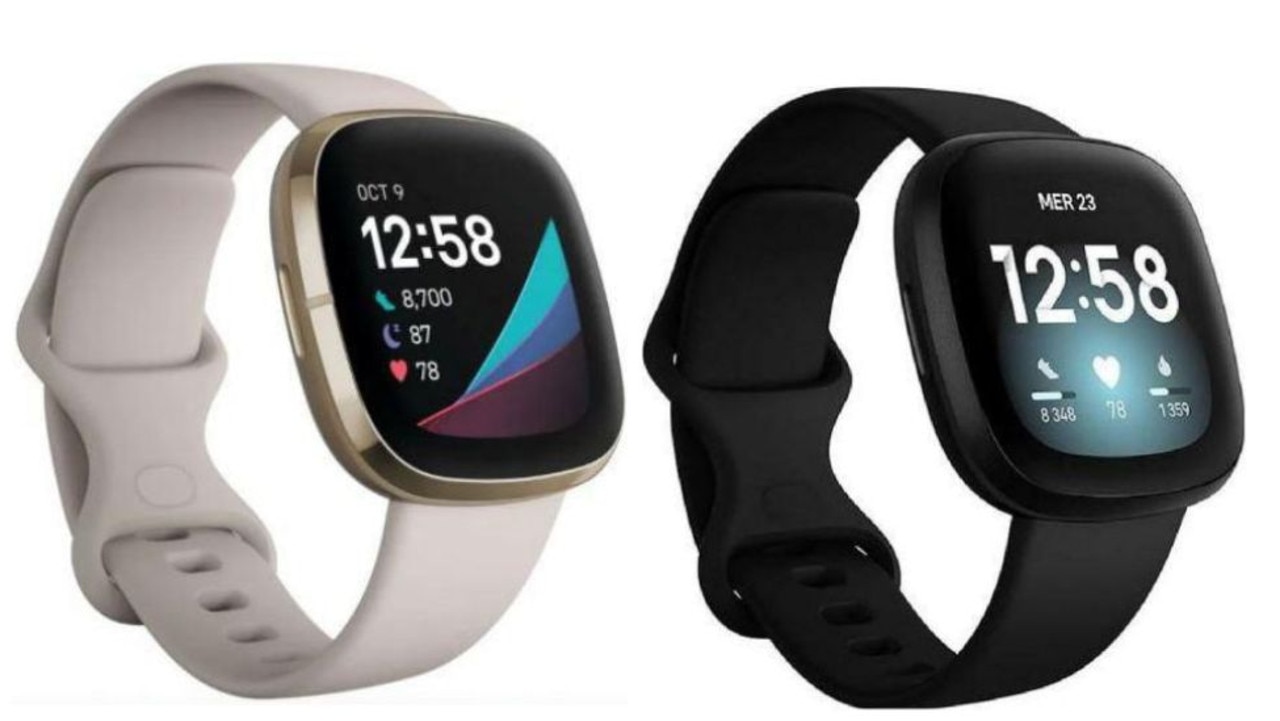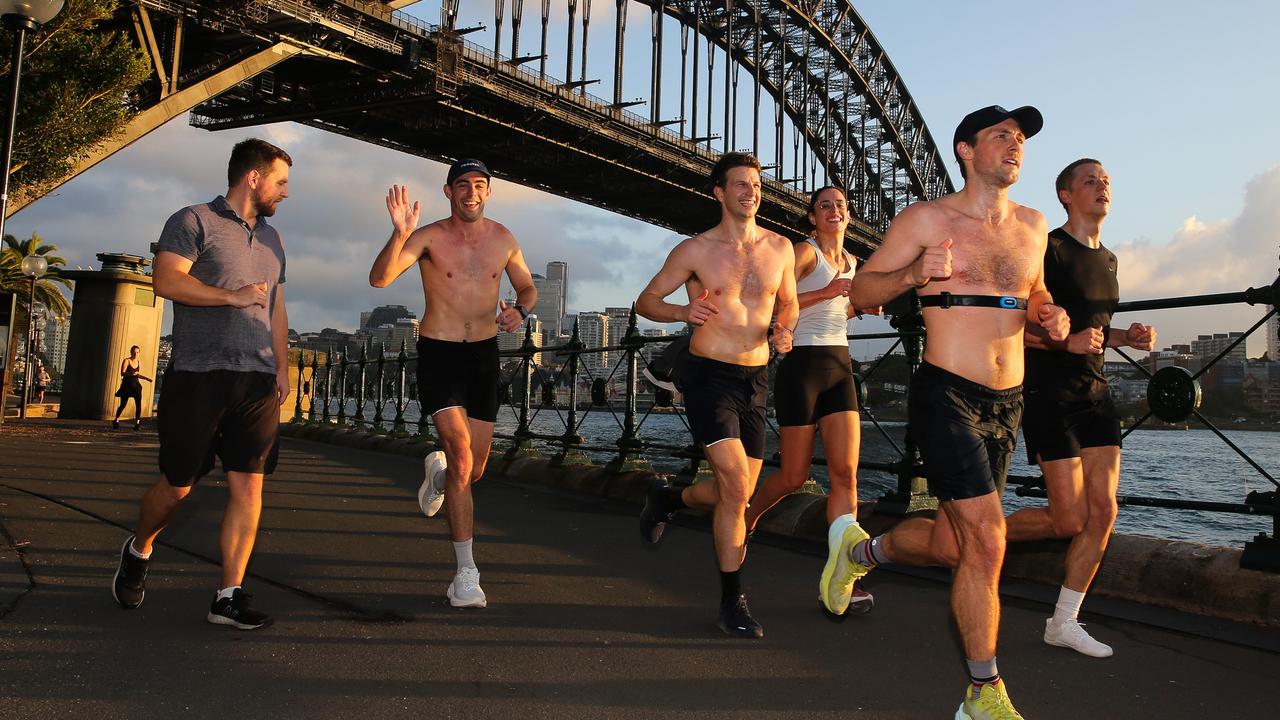Motorised rollerskates known as RocketSkates are in production and ready for riders
THERE are no hoverboards at the Consumer Electronics Show in 2015 as Back to the Future II predicted but there are a futuristic pair of rollerskates.
THERE are no hoverboards at the Consumer Electronics Show in 2015, as Back to the Future II predicted.
But Acton founder Peter Treadway is showing off an unusual and highly technical mode of transport at the expo: sensor-packed, electric, motorised rollerskates.
RocketSkates, as the technology has been dubbed, are finally in production and ready for riders following a Kickstarter crowd-funding campaign that raised more than $550,000.
At CES, their public debut is earning plenty of buzz and a healthy queue of volunteers keen to test out the technology.
SNEAK PEEK: Inside the biggest tech show on Earth
CES 2015: Cars steal the show, show the future of motoring

Their inventor, Mr Treadway said RocketSkates were “inspired by Wile E. Coyote, Rocket Man, Inspector Gadget” and will likely find their audience in university students and commuters who want to ride the “extra mile” between public transport and home on their heels.
Riding along on RocketSkates can be tricky though, Mr Treadway warned, and often took days to master.
“A lot of people have been very successful at riding them, but we didn’t really know how it would be until we could see it happen,” he said.
Rocketskates fit over the top of the wearer’s shoes, affixed by a single strap that locks into place.
The skates feature a 50-watt brushless hub motor powered by a battery in the back.
The 3kg skates operate at three speeds, allowing beginners to start slowly, and reach a potentially terrifying pace of 19km per hour.

Despite this speed, potential for embarrassment, and a disclaimer against “serious injury or even death,” this journalist strapped a pair of RocketSkates to her shoes for the ultimate technological crash test.
Those before me lurched forwards on the skates, at least initially, staggering and clutching at bystanders.
An Acton employee offered plenty of tips for staying upright. One skate must stay out in front, you push off with the other to get the motors running, and you lean forward to keep going — leaning back pushes the brakes. To stop, you land on your tiptoes, which are uncovered.
It sounded easy enough. It was not.
Keeping one foot in front of the other was unintuitive and tough to remember. Forgetting how to control its speed, I gripped my assistant like a life preserver. Graciously, he winced in silence.
While balancing in RocketSkates is easy, nailing the stance and acceleration is not. I gave up on slowing down, preferring to just leap on to my toes at the end of a run.

Finally, after about five laps, it clicked. Left foot in front, pushing off with my right, I nailed it. I coasted forwards, free from the basic pedestrian need to put one foot in front of the other. I was flying. OK, rolling, but it felt like flying.
Motoring around on motorised shoes is incredibly enjoyable, once you get the hang of it, and would undoubtedly become more so with added confidence.
The company expert spinning in circles like an ice skater seemed to back up this theory.
Mr Treadway does not plan to stop at Rocketskates, now selling for $499, $599 and $699.
The company has hush-hush “wearable transportation” project planned to launch in six months, he said, and one that will likely be aired on Kickstarter again.
While he would not be drawn on details, Mr Treadway said there was plenty of room for innovation in personal transportation technology, and the creation of a hoverboard was inevitable.
“I think it’s a light switch that has to be struck,” he said. “That could happen right now or perhaps it already has happened and the creator is still working out some other problem.”



